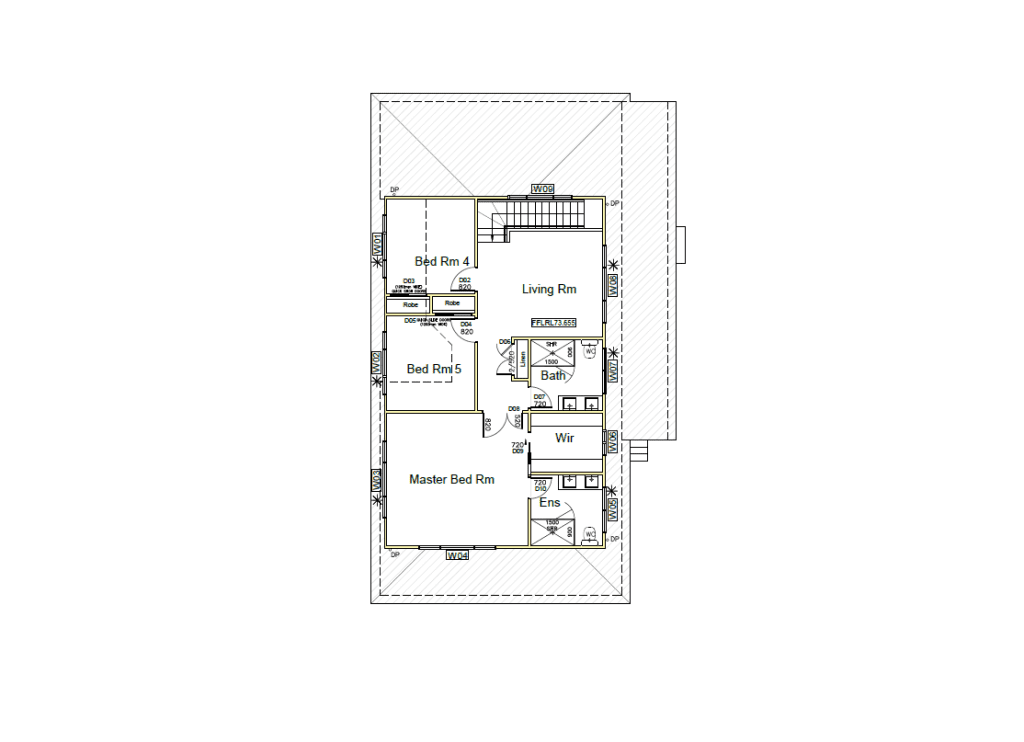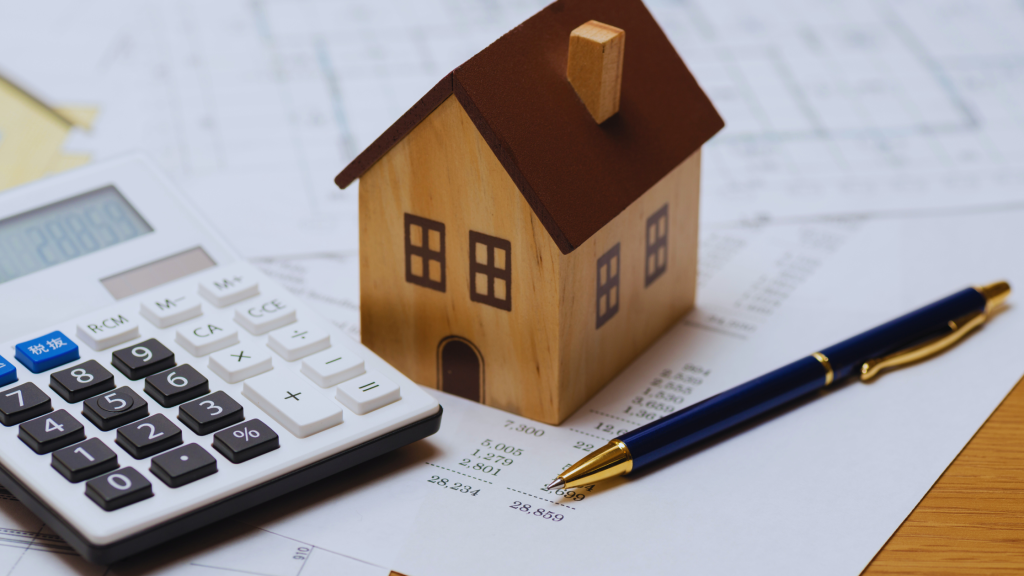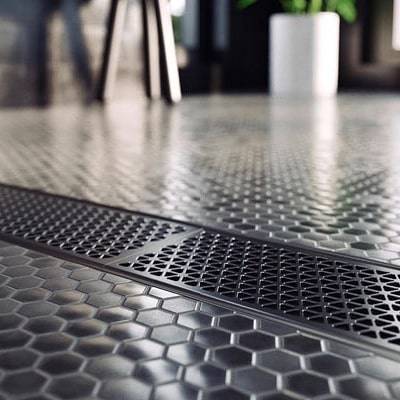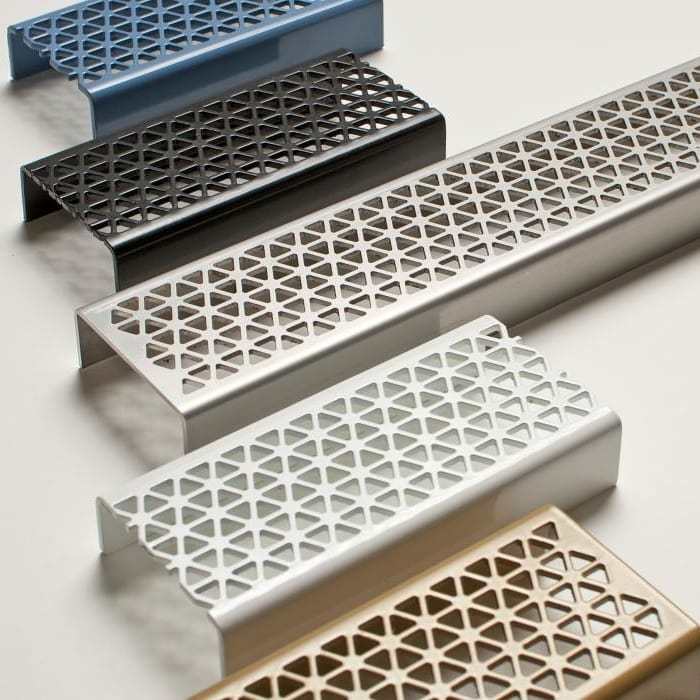How we are keeping you COVID safe during your build

With the current challenges associated with COVID-19 and our clients’ safety and well being at the top of our priorities, we have implemented several measures to ensure that we keep you COVID Safe during your build.
We are a NSW Government registered COVID Safe business with a COVID-19 Safety Plan in place and we are committed to keeping you and your family as well as our team safe.
Some of the measures we have implemented are:
- We keep our team isolated from the existing home and our clients for the maximum time period that is practicable. This includes not penetrating the ground floor for as long as possible when building a first-floor addition and utilising scaffolding to complete the majority of the build until we are required to create the entry hole for the stairs.
- We have introduced hygiene stations (pictured below) across our sites, which ensures that there are adequate facilities for our team to enable good hygiene practices (e.g. soap, hand sanitiser, signage and reminders).

- We have developed and implemented infection control policies and procedures.
- All of our team have been directed to comply with the latest quarantine measures if they are experiencing any flu-like symptoms or are feeling unwell.
- Every individual that enters any job site is required to complete an induction and we keep log of their details.
- Rather than face to face communication, we can communicate with our clients via video calling/conferencing, messaging (Whatsapp, text messages etc.) and email before, during and after the build, to enable a seamless contact-free build process, eliminating any unnecessary contact.
Your family’s and our family’s safety is of the utmost importance and we have implemented the above strategies to ensure that we all remain safe and healthy during these challenging times.
We appreciate your continuous support and business during these times and would love to create more space for your family to live comfortably and happily together.
Should you wish to discuss your build or enquire about the safety measures we have in place, please contact us on (02) 4647 2324.
This Is Why People Love Custom First Floor Additions
First floor additions, also known as second storey extensions are increasingly popular for those homeowners who don’t want to lose valuable garden space but want to increase their family living space. Best of all, going up is easy and our team will do their best to ensure the process is smooth and the build is completed on time and with minimal disruption to your daily lives.
You can have a modern, liveable home with plenty of space for your family – without giving up the location you love.
Our team are the experts in planning and building custom/tailor-designed First Floor Additions

We are often approached by clients who would like to create an open plan living environment downstairs, whilst adding more room for the family to live comfortably upstairs. The best way to achieve this is with a Custom First Floor Addition.
As specialists in these types of builds, we have many years of experience enabling us to easily offer solutions and suggestions on products, layout and how to get the most from your investment. We are able to share with you relevant quality projects that have resulted in many of our clients becoming raving fans.
No Plans? No Worries!
If a client comes to us without plans, part of our service is to organise for a building designer to assist with the plans and design process. This is will be included in our Preliminary Agreement if required.
We can arrange for our draftspeople to consult with our clients at their home and discuss their project requirements. From there we will then provide plans based upon their specifications and work hand in hand with our clients and the draftsperson to ensure the plans continue to work within the tailored build cost estimate that we have provided.
Improve your lifestyle and bring your family together
When building their addition our clients often decide to open up downstairs living spaces, renovate their kitchen and bathrooms and create new living spaces internally and externally. Once the addition and renovation are completed they are left with a finished product that is like moving into a brand new home.
We are able to create open plan living spaces and improve their current living situation. Our mission is to bring families closer together.
Take away the stress, let us help you plan, manage and design your build
We have a streamlined process which is stress-free and fun. When you are building with 32 Degrees Building you don’t have to worry about anything other than choosing what you want to add to your home and we will work with you on the design to suit your home and your lifestyle.
Contact us to start your building journey today
Not ready to book? Check out our process and how we do things here.
What type of loans can you use to fund your addition or extension?
If you are building an addition or extension on your home you may find yourself needing to arrange finance to pay for the build. We can help you secure the appropriate finance for your build.
Refinance your current mortgage

To pay for your addition or extension you can opt to refinance your existing mortgage. This means that you will use the equity in your home to obtain a loan for a higher amount than what you currently owe to finance your addition or extension project.
The new loan will replace your old loan and you can choose to stay with your existing finance provider or move to a new finance provider. Refinancing has several advantages for homeowners with substantial equity in their homes.
First, it may allow you to obtain lower interest rates without changing your monthly mortgage payment or adding on a new payment.
Second, some lenders “may approve a loan based on the estimated value of your home once the addition is completed,” which is convenient for projects that require a large amount of money, such as a second story addition or ground floor extension.
Take out a Construction Loan
A construction home loan is a type of home loan designed for people who are building a new home, a first floor addition, ground floor extension or doing large scale renovations. It has a different loan structure to home loans designed for people buying an established or existing home.
A construction loan most commonly has a progressive drawdown. That is, you receive instalments of the loan amount at various stages of construction, rather than receiving it all at once at the start. You generally only pay interest on the amount that is drawn down, as opposed to on the whole loan amount.
A number of lenders offer construction loans that are interest-only during the construction period and then revert to a standard principal and interest loan.
Of course, a construction loan is just one potential source of funding for your project. The Federal Government recently unveiled its HomeBuilder scheme, which will give eligible homebuyers and existing owners grants of $25,000 to help them construct or substantially renovate their home. Strict eligibility criteria apply– for example, you’ll need to meet an income test, and be building a new home that’s worth less than $750,000 or a renovation that will cost at least $150,000. For more information visit our blog post here.
We can connect you with our finance specialist to discuss how to get started today.
How to compare building quotes
You’ve made a decision to invest in expanding your family home, but there are so many building companies out there, who do you contact and how do you select a builder and feel confident that you are making the right choice? What type of builder should you be looking for? And how can you avoid facing the common pitfalls and horror stories?
It can be a daunting process, and if you’re in the process of obtaining quotations for a potential second storey addition or ground floor extension on your home, you may be wondering why the quotes you do receive are coming back varying in price.
To help, we’ve compiled a list of items to consider when comparing the value of the quotations you are receiving.

What impacts a build cost? Put simply the following items below will all impact your quotation;
- Builders experience
- Building timeframes
- Allowances & inclusions
- Ambiguous quoting
- Items missed or not outlined clearly
- Service delivery and project management
So, how are all of the quotes so different in price?
It is quite normal to receive quotations and see a 5%-10% difference between them, any more than this would raise a red flag, and it is suggested that you approach your builder and ask the following questions to help determine where the cost differences may lie.
Is the quote apples for apples? Is it comparable?
It’s important to understand that allowance items and finishes are different between builders; for example, you may have an allowance for a $10K bathroom package vs a $3K bathroom package in your quotation. Immediately this will impact the build cost and also may be a deciding factor in the quality of the build you will receive.
How does the builder operate? Do they use employees or contractors?
If the builder is a smaller company, they may use contractors or have less employees, if this is the case, what are the timeframes for your build? The duration of the build may take longer, and you then have to weigh up the additional cost to you of a more prolonged disruption to your family and if you may incur potential additional rental or storage costs over this time. If they are a smaller builder, they may only complete 1-5 projects a year vs a medium-sized builder who completes 20-30.
This would then raise follow on questions of how long do they take to complete a build? How big is their team? And how will the project be managed? Will you be able to talk with the Project Manager during the build, will you have a site supervisor, how can you reach management if there is an issue, is there a support team in place to help guide you through the process?
If they use contractors or employees – how is the quality managed and how can they guarantee the timeframes?
By having employees, they are paid to turn up on time, every day as projected; this ensures no downtime and your project can run smoothly. Unfortunately, some contractors work to their own schedules which don’t always work in with the build and can result in delays. If they use contractors, can your builder guarantee the duration of your build and also the quality? What happens when something goes wrong with the quality, can they get the contractor back to resolve it or will there be project delays while they source someone else to resolve it? Where do you stand if there are delays in your build?
What type of contracts do you work with?
What type of contract used is important to understand very early on in the quoting process as this can have significant impacts to the cost of your build. We recommend only choosing a builder who is using fixed price building contracts such as the Housing Industry Association (HIA) and Master Builders Association (MBA) contracts.
These contracts have been made easy to understand and contain space for the parties to fill out information such as the price, contract completion date, any excluded work.
What is a Fixed-Price Contract?
Fixed-price contracts are contracts where the price agreed upon is a fixed lump sum. This is the most common type of contract used for residential building works.
There are several ways in which the contract price can be changed. This includes ‘variations’, i.e. changes or additions to the scope of works. It also includes provisional sum items (allowances) which may not have been decided at the time the contract is entered into, such as bathroom/kitchen allowances. If the amount allowed is more than the cost of the item, then the owner will receive a credit. If the amount allowed is less than the cost, then a variation will be created.
Cost Plus Contract
An alternative to the fixed-price contract is a ‘cost plus’ contract. These contracts have a capacity to become very expensive, and you should carefully consider these contracts before entering into them as there is no upper limit for the final price.
These contracts differ from the fixed-price contracts as, rather than agreeing to a fixed-price for the building works, the owner agrees to cover the builder’s costs plus an agreed margin for any overheads and profit encountered by the builder. In other words, the price is the actual cost of the works plus the builder’s margin.
How we can help you with your addition, extension or renovation
Your home is one of the most significant investment decisions you will make in your lifetime, and it is an emotional purchase and, as exciting as it can be, it can also be quite stressful at the same time. You need to be able to put trust into who you are engaging with to ensure a positive outcome and stressfree seamless process and this means that it is not always about taking the cheapest quote. You should feel comfortable with being able to approach your builder and talk over your quotation to understand what is included and how you will fit in and work together on your home.
At 32 Degrees Building, we have a team to guide you through the process to help you understand your quote, the process and work together with you on your build. This includes having your own access to your own project management team during your build for peace of mind and quick response.
If you would like to discuss your upcoming second storey addition or ground floor extension with our team and receive a detailed build cost estimate, please reach out to us.
Live the life of Luxury with a Resort Styled Retreat
The Perfect Parents or Teenagers Retreat
Looking for a dedicated area for you to escape the daily grind and kick back and relax? Our Resort Style Retreat Package is tailored to providing the extra space and lifestyle you are looking for.
Retreat Package
40m2 Second Storey Addition
1 open plan bedroom with integrated living area
1 large ensuite
This exclusive package is available for a limited time only. Take advantage of low-interest rates, increase the value of your home and get that extra room for your family.
Terms and Conditions:
Build cost only, based on a 40m2 addition. Plans and Council approval excluded – these are estimated at $15K.
A full quotation can be only be provided following an onsite consultation with the builder to undertake an assessment and determine suitability.
Family Value Package
Build a second storey addition today!
We have the perfect Family Value Package for you. Get the extra room and lifestyle you and your family have been looking for. This second storey addition package is packed with value and designer inclusions with plenty of additional room for you and your growing family.
| FAMILY VALUE PACKAGE | UPGRADE TO OUR Premium Family Value Package |
| 70m2 Second Storey Addition 3 bedrooms with BIR’s 1 bathroom 1 living area |
80m2 Second Storey Addition 1 master bedroom with ensuite & WIR 2 bedrooms with BIR’s 1 bathroom 1 living area |
This exclusive package is available for a limited time only.
Maximise the value of your home by investing in the extra room for your family today.
Terms and Conditions: Build cost only, based on a 70m2 or 80m2 addition. Plans and Council approval excluded – these are estimated at $15K.
A full quotation can be only be provided following an onsite consultation with the builder to undertake an assessment and determine suitability.
That’s a wrap for 2019
Our team has officially wrapped up things for 2019! Here is an overview of our year!
Our office is now closed until 14th January 2020.
We wish everyone a safe and Merry Christmas and a Happy New Year!
You can still contact us on our website during the break and we will be in touch when we return. For any enquiries please fill out the form below.
Nailstrip Cladding
Some of our team were over at Belimbla Park recently installing the nailstrip metal wall cladding on stage 1 of the parapet of the ground floor extension.
Here are several benefits of using this material for your wall cladding:
– It’s quick and simple to install, with no clips or special seam tools required
– It achieves an architectural facade with no visible fixings and has a modern clean style compared to traditional cladding
– You can get custom widths for your individual design style
AND our favourite;
– It requires minimal maintenance compared to other cladding materials, such as rendered brick and timber!
This look is definitely the new trend that we are seeing coming in across our builds, with our client in Rozelle also opting for this cladding! Want to know how to incorporate it into in your build either as a feature or across your home? – just ask us!
Connecting Families
Second storey additions, parents retreats, ground floor extensions, large scale renovations, granny flats, knockdown rebuilds – this is what we do and we LOVE it!
Did you know that a part of our job is also specialising in connecting families by creating additional, practical well thought out living spaces for families that are growing, those that are looking to move back in and those that require looking after.
Often we are contacted about creating more space for growing families, a great option to consider in this case is a parents retreat, teenagers retreat and retirees retreat through the addition of a second storey.
Parents Retreat: A parents retreat is the addition of a master bedroom, ensuite and walk-in wardrobe. The aim is to create a luxurious space where relaxation and privacy are the priority.
Teenagers Retreat: A teenagers retreat creates a space with additional bedrooms, a bathroom and living space creating a sanctuary away from the parents.
Retirees Retreat: A retirees retreat creates a space tailored to the more mature audience, they often include the addition of a bedroom, ensuite, wardrobe and a living area with a wet bar. They can be fitted out with features that can assist with ease of accessibility including wider entryways, stairlifts, a lift, even floors throughout and even a wet bar to maintain their independence.
If you are planning a build, talk to our team. We want to be a part of your building journey and make it a stressfree and enjoyable build, so much so that at the end of it, you will say to us that you would do it all again!
That’s Grate
When it comes to extending and renovating their home, many of our clients will have at least one additional bathroom added or updated as part of their project.

When you are planning on the type of fixtures and fittings that you would like to include in your bathroom, do you pause to give any thought to the drainage? Often we find that this can be overlooked, so we wanted to share with you Stormtech’s linear drainage system. They have a designer range and have recently added 3 new colours to the range so you can match them in with your bathroom style choices – there is now bronze, copper and brass alongside the traditional steel and black look available.

It’s a grate addition to their collection! – pun intended! ?
Interested in starting your build? Contact us to get the process started!


